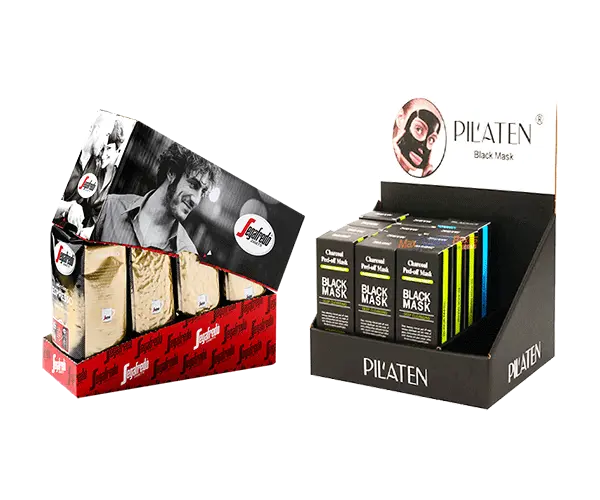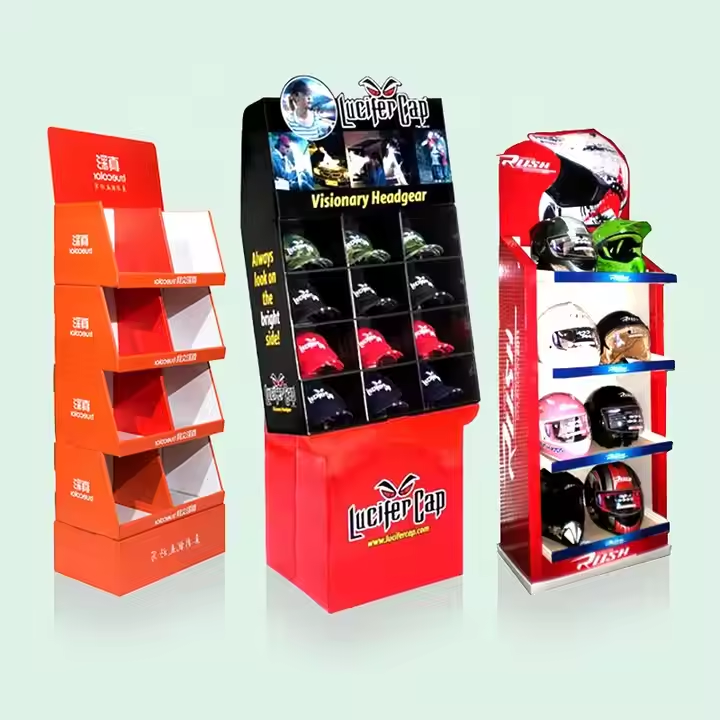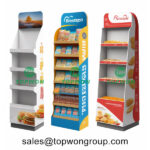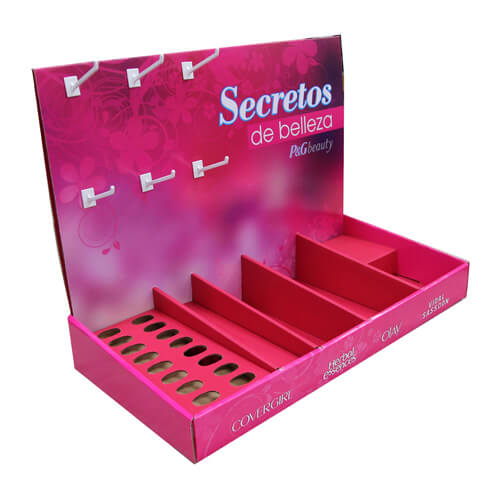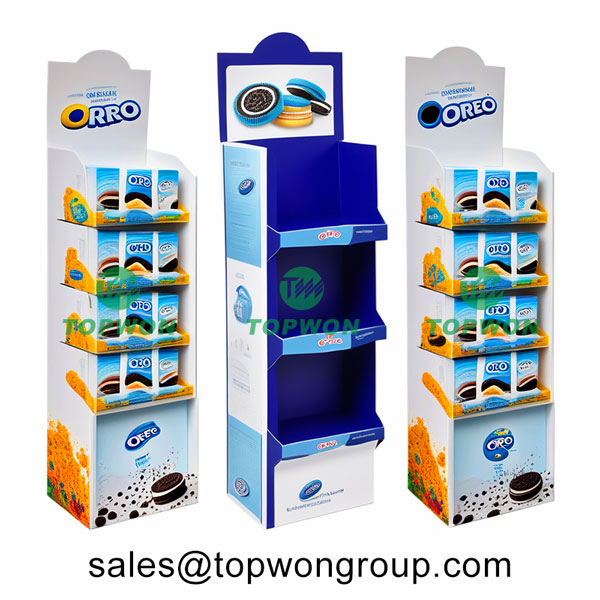What Does PDQ Stand For?
By Shenzhen Topwon Group Co.,Ltd
Jul 06, 2024
PDQ is an acronym which stands for different things according to different full names.What is the PDQ meaning? Topwon introduces what does PDQ stand for one by one:
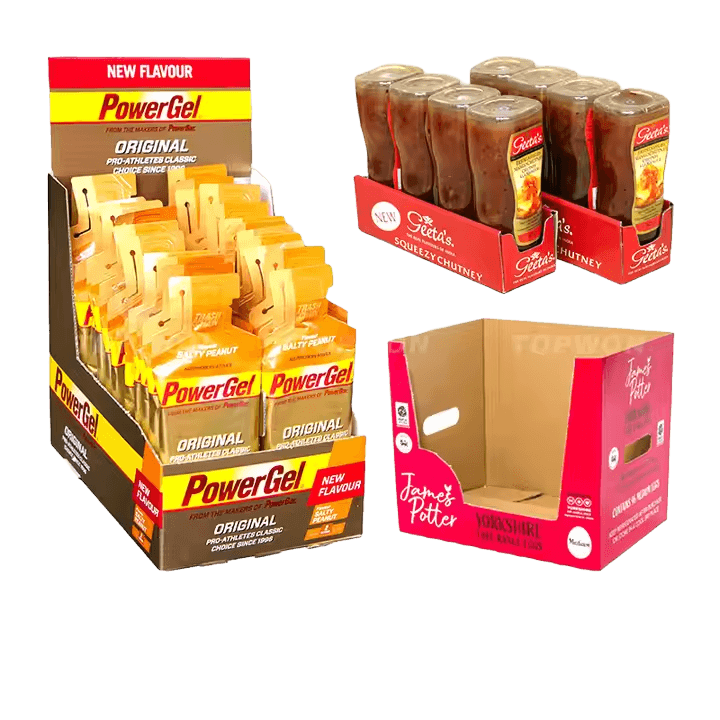

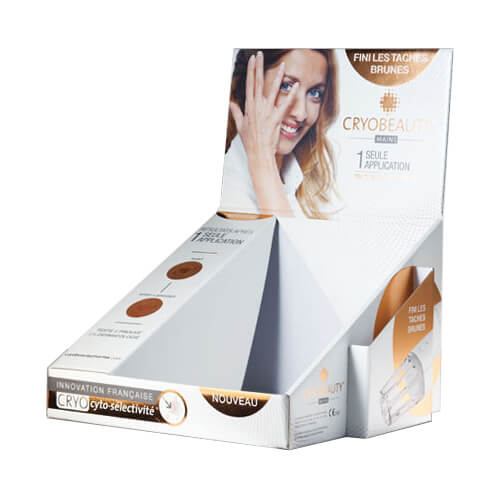

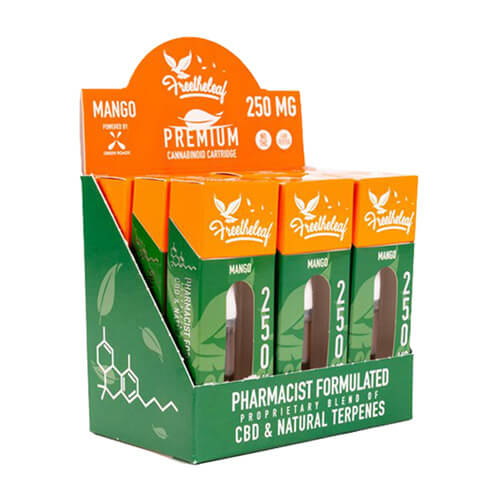

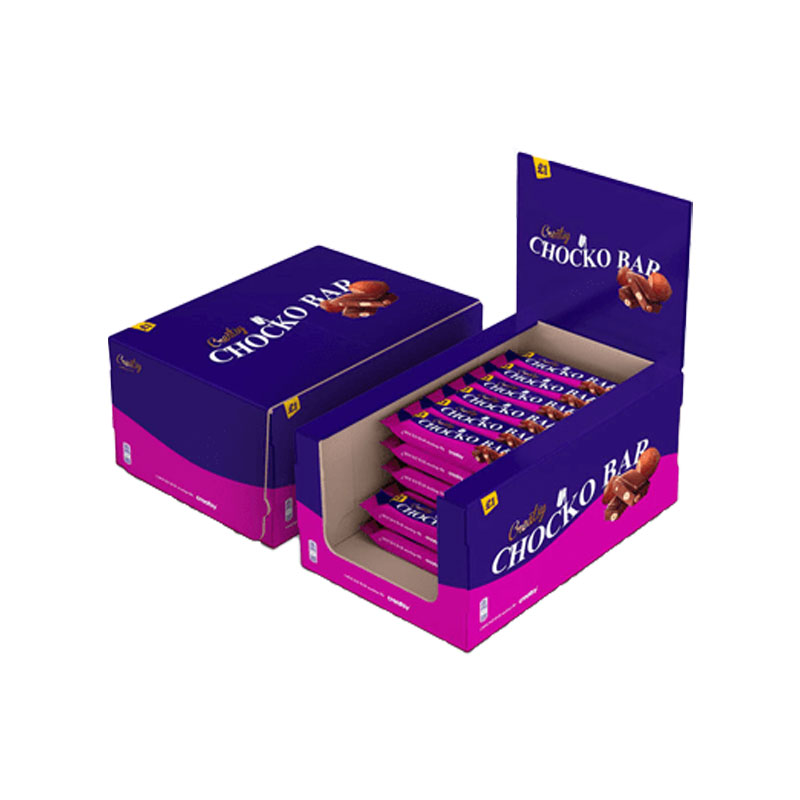
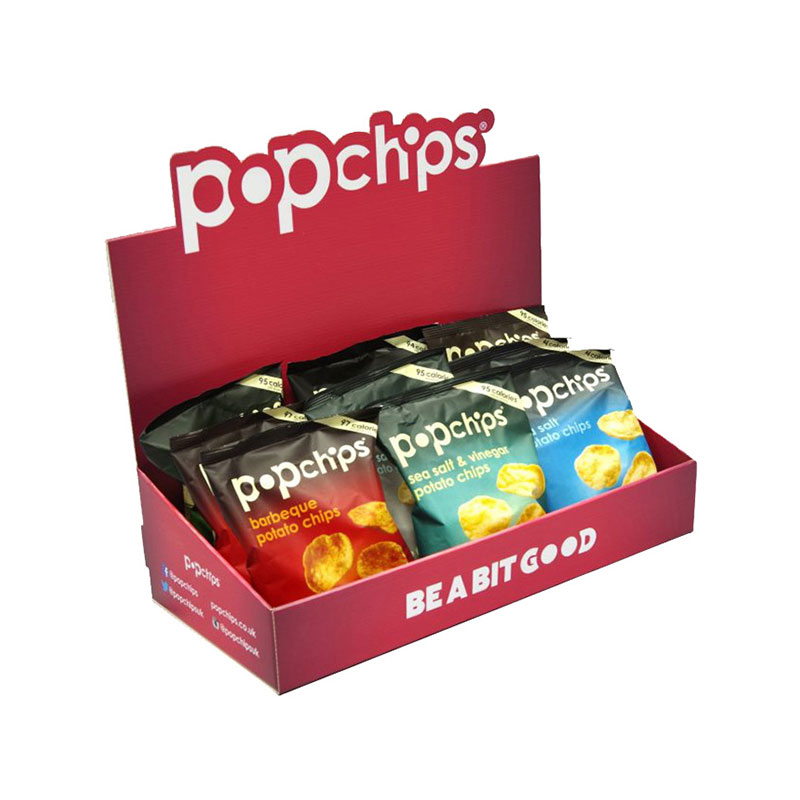
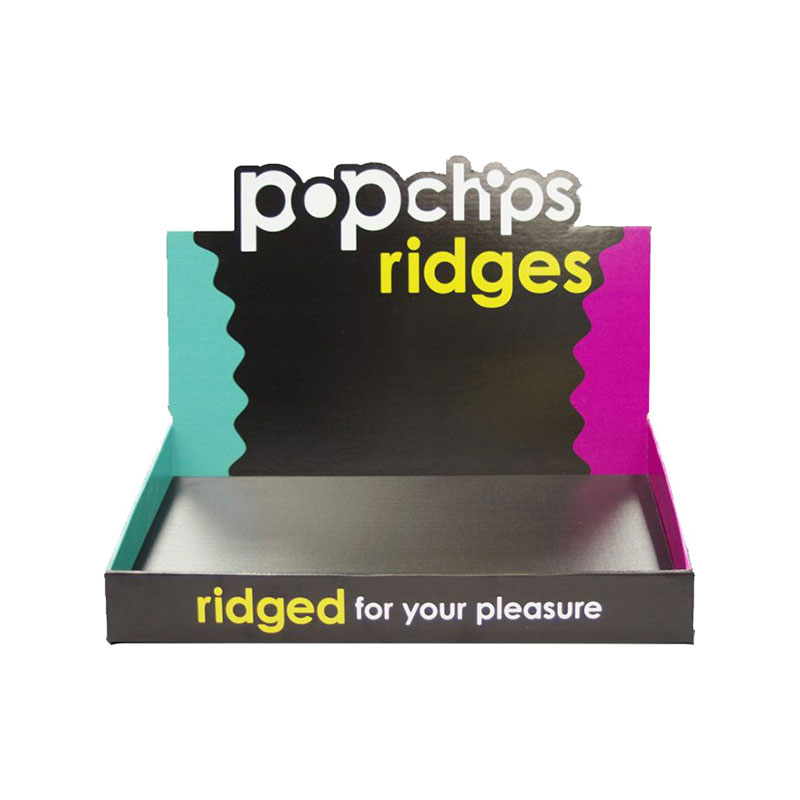
PDQ Meaning:Product Data Quality (PDQ)
PDQ refers to the data quality of 3D modeling. It mainly focuses on the accuracy, geometry and data structure of the product data. Data is the basis for the entire process from design to production. High-quality data is important for the efficient application of raw data throughout the process.
ping dan quan.
The rice circle term pdq refers to a group of spellers
Internet buzzword, rice circle abbreviation, meaning a group of spellers. Generally, fans will ask if there is a ping dan quan group to buy star peripherals in the super talk.
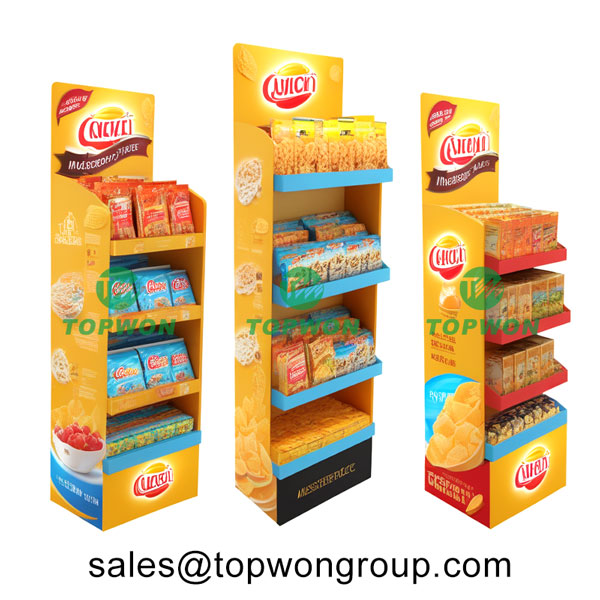
PDQ stands for:PRODUCTS DISPLAY QUICKLY
Packaging industry, PDQ is a display box PDQ is Walmart’s fast display of products an acronym, usually do display box English full name is PRODUCTS DISPLAY QUICKLY.
This concept pertains particularly to retail environments, wherein products are showcased not only efficiently but also attractively. Consequently, it aims at maximizing sales opportunities by drawing in and engaging customers more effectively
What is a Cardboard PDQ Display?
What does PDQ stand for in display rack industry .
Cardboard PDQ Display Meaning as bellow:
A Cardboard PDQ Display, which is a type of point-of-purchase (POP) display, is typically crafted from corrugated cardboard or other paper-based materials. Such displays , are specifically designed to be set up quickly and easily in a retail environment. Moreover, they can be placed either on the floor or on a countertop. By doing so, these displays serve to showcase and promote specific products, effectively attracting customer attention. Often used for consumer goods like snacks, beverages, or other fast-moving items, they not only enhance product visibility but also maximize sales opportunities.
Types of Cardboard PDQ Display
In stores, the most common type of PDQ display is the tray style, which fits directly on shelves or counters. But PDQ displays aren’t limited to just one design—you can customize them to your needs, including:
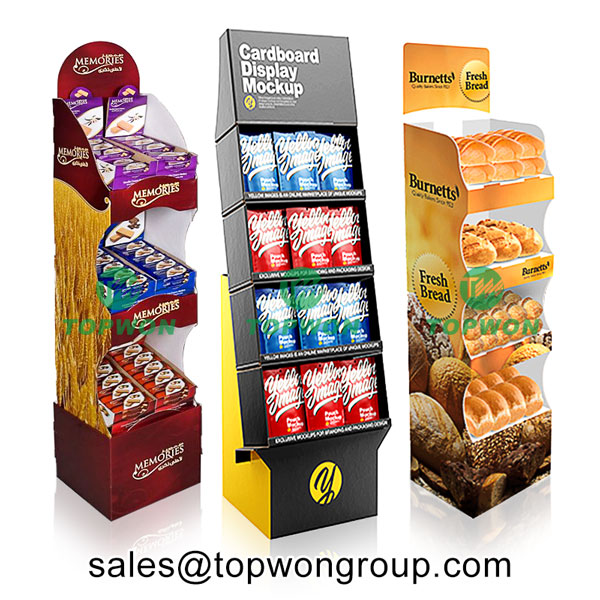
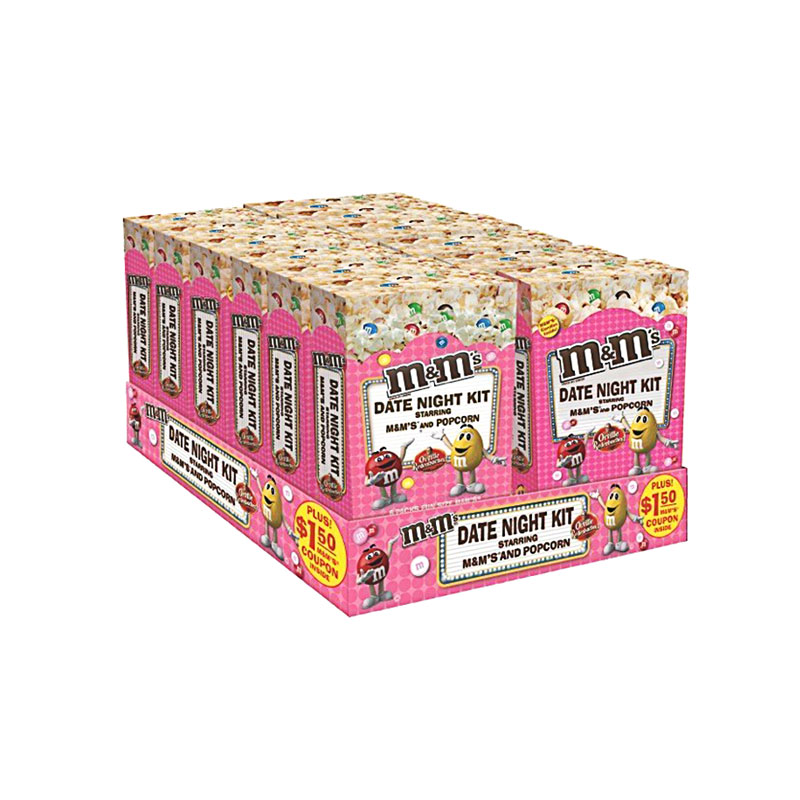
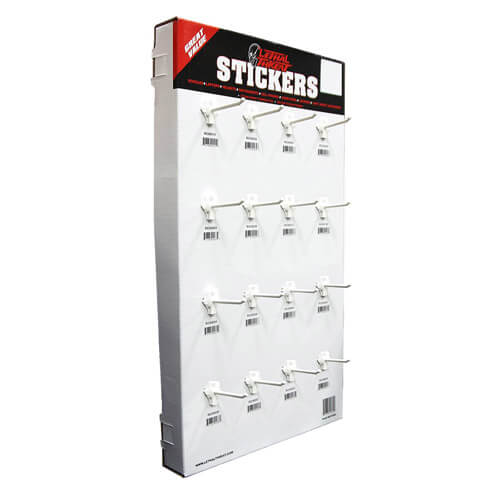
- Hook Displays
- Rotating Displays
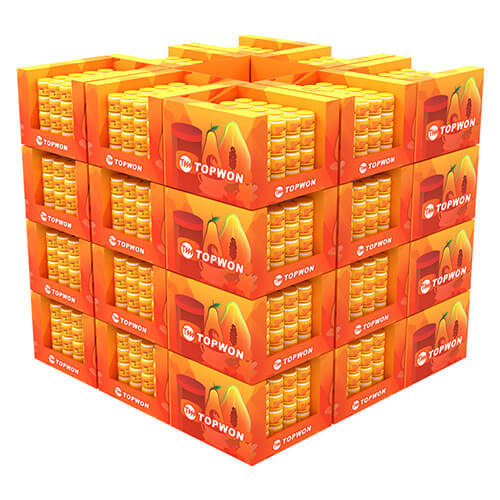
- Stacking Displays
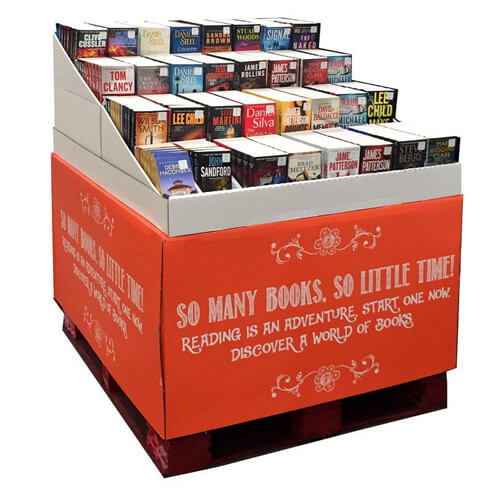
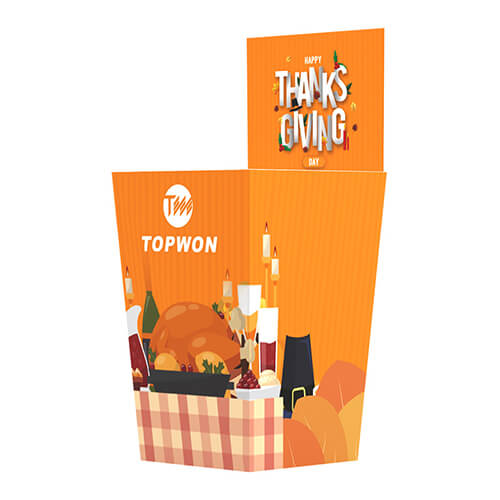
- Case Stackers
- Sidekick Displays
- Power Wing Displays
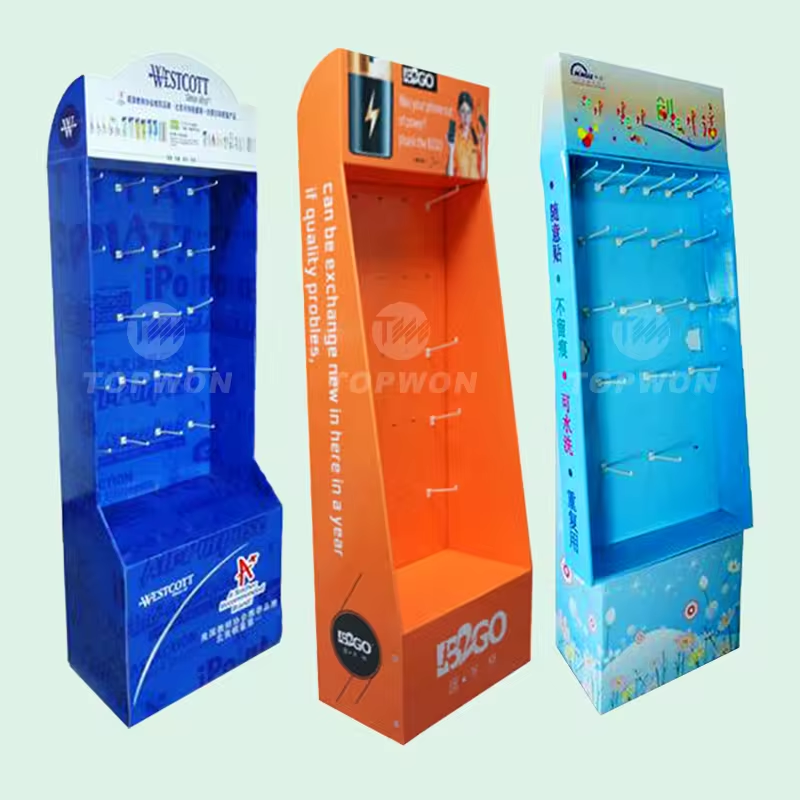
Most of these displays are made from corrugated cardboard.
- They’re easy to transport (no bulky hassle).
- They’re simple to set up (no heavy lifting required).
- They let businesses control how their products look on shelves—you plan the display exactly how you want it.
Typically, you’ll place them in high-traffic areas like checkout counters. But if you have other needs, you can put them anywhere in the store.
Early PDQ displays only had one job: to speed up product stocking and replenishment. Today, they do more—custom PDQ displays work as both product storage and advertising space. One display, two uses.
Cardboard PDQ Displays: 9 Core Benefits for Everyday Use
Choosing cardboard PDQ displays comes with plenty of advantages—more than enough for daily retail needs:
- Easy to open and close, set up takes just minutes.
- Can print your desired graphics and logos for instant visibility.
- Keeps products neatly organized (no more clutter).
- Maintains products’ best visual presentation at all times.
- Prevents products from being knocked over.
- Fast to produce (no long waiting times).
- Products are stored together, so replenishment doesn’t involve running back and forth.
- Adds extra space for marketing and packaging.
- Cost-effective for all budgets: Cardboard is an affordable material compared to plastic or metal displays, making it ideal for small businesses, seasonal promotions, or large-scale retail rollouts without overspending.
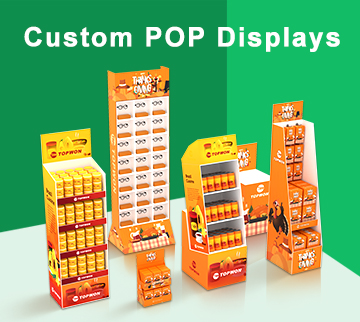
What PDQ Means in Retail: More Than a Display—A Sales Booster
In the retail industry, PDQ displays go by two other names: “Shelf-Ready Packaging” and “Retail-Ready Packaging.” They’re a key tool if you want to sell more products.
Think about it: When consumers make a shopping list, they won’t write “buy X brand laundry detergent”—they’ll just note “buy laundry detergent.” They might have a preferred brand in mind, but prices and ads can easily change their decision.
This is where PDQ displays shine:
- They get your products in front of consumers quickly.
- They make your products stand out on shelves, so consumers spot them at a glance.
- They encourage “impulse buys”—when consumers decide to purchase on the spot.
PDQ displays focus on two practical tasks:
First, they speed up product stocking
Most PDQ displays need no extra assembly—you can load products into them before heading to the retail store. Once you’re there, just place the display in the right spot. This lets you set up multiple displays quickly, getting your products into more stores.
Second, they provide free advertising space.
You can use the sides and back of the display: print product images, add detailed information, or stick a QR code that links to your brand’s app or website.
- For promotions or events, you can directly print slogans and rules.
- During in-store tastings or demos, they reinforce your brand image and share more product info with consumers—making them more likely to buy.
In short: PDQ displays help you stock products fast and speak for your brand. Use them right, and your sales will rise noticeably.
Key Benefits of PDQ Displays: From Time-Saving to Sales Growth
What exactly do PDQ displays bring to your products? They don’t just add extra advertising space—they also boost visibility and encourage purchases. Here are 9 core advantages to keep in mind:
Quick Setup Saves Time
PDQ displays take just seconds to set up. Store staff won’t waste time assembling them—they can focus more on selling. Replenishment is fast too, so your products are always available when consumers visit.
Wide Versatility for All Needs
PDQ displays come in many styles. No matter what product you sell, what design you want, or what promotion goals you have, you’ll find a suitable option. For example, if you run multiple promotions or seasonal campaigns throughout the year, just switch up the PDQ display style—it’s that flexible.
Maximizes Shelf Space (No Wastage)
Stores give limited shelf space to individual brands, so you need to make the most of small or narrow spots. Whether your product is big or small, PDQ displays help you use every inch of shelf space—no waste.
Drives Impulse Purchases
When consumers wait in line at checkout, they’ll often spot neat PDQ displays and decide to buy on the spot. PDQ displays turn your products into “grab-and-go” items—with eye-catching designs, consumers pick them up without overthinking.
Fully Customizable to Match Your Brand
This is one of the most exciting perks of PDQ displays: you can print whatever you want. Your brand’s colors, logos, copy, and visual style—all can go on the display. This turns product storage space into marketing space, helping you attract more consumers.
(Image Caption: Fully Customized PDQ Displays)
Fits Multiple Products (Across Industries)
PDQ displays work for almost any industry: beverages, food, pet supplies, electronics, home goods—you name it. Corrugated cardboard PDQs, in particular, look great with bold designs and showcase products effectively.
Boosts Product Visibility
The sooner consumers see your product, the more likely they are to buy it. PDQ displays have a consistent, eye-catching design—they help consumers find your product quickly and remember your brand.
Eco-Friendly Material Options (Builds Reputation)
Using cardboard for PDQ displays helps your brand build an “eco-friendly” image. These displays are reusable, recyclable, and can even be repurposed into new displays. Today’s consumers trust eco-friendly brands—this choice will boost their loyalty and drive more sales.
Which Products Work Best with PDQ Displays? Small Items First, Bold Designs Matter
PDQ displays are ideal for small products. You can stock as many as you want—usually in multiple rows or stacks. Items like lip balm, earbuds, and individually packaged snacks all work well with PDQ displays.
But product fit isn’t enough—your brand’s marketing needs to keep up, otherwise, you’ll miss out on results. For example:
- Use bright colors and bold graphics.
- Make your logo stand out.
- Write short, powerful slogans to highlight your product’s benefits.
- Use simple icons or labels to highlight your product’s key features (e.g., a leaf for “all-natural”).
- Add low-effort interactive elements (e.g., peelable “try-me” stickers) to make shoppers engage longer.
- Use visual cues (e.g., “palm-sized” icons) to emphasize portability for electronics like wireless earbuds.
- Showcase flexible customization options (e.g., 4-slot/6-slot compartments) for diverse electronics needs.
- Outline tiered customization levels (Basic/Standard/Premium) to match different budgets.
With this, PDQ displays become tools to “attract attention, explain products, and drive sales.”
Designing a PDQ Display: 5 Key Questions to Answer First
Before designing a corrugated cardboard PDQ display, clarify these 5 questions to avoid mistakes:
Define Your Product Type First
First, be clear about what product you’ll display. Corrugated PDQ displays work best for small to medium-sized items, such as:
Cosmetics, toys, snacks/food, beverages, candy, gum, hand sanitizer, lip balm, accessories, hair products, batteries, cleaning supplies, greeting cards, travel essentials, earbuds.
When designing, match the display to your product’s style and function. For example, a display for batteries should look very different from one for children’s toys.
Clarify the Display’s Core Goal
Decide your PDQ display’s main purpose (e.g., push new products, clear seasonal inventory, boost impulse purchases) and let it guide design choices—add demo spaces, highlight “discount” labels, or keep displays compact accordingly.
Calculate Product Quantity (It Affects Costs)
Next, decide how much inventory you need. Will you supply only local stores, or sell nationwide?
Either way, the number of displays needed to hold all your products directly impacts costs—this must be calculated in advance.
Choose the Right In-Store Location
Sometimes, you’ll know where your product will be placed in advance: near checkout counters, next to electronics desks, or in the toy section.
If your product fits in a small PDQ display, try to get a spot in “impulse buy zones” (like near checkout). Consumers waiting in line will see it easily—and are more likely to buy.
No matter where you place it, design the display around the location: make it eye-catching and functional to grab consumers’ attention.
Target Your Audience
Who your target customers are will influence where the display goes in the store. For example:
- Beauty products belong in the cosmetics section or women’s care area.
- Hand sanitizer works best near checkout counters (easy to grab).
Also, think about details like: Is your audience mostly male or female? What’s their average income? Answering these will help you design a display that fits their needs, stands out from competitors, and builds long-term loyalty.
PDQ Displays Scenarios
| Recommended Scenarios for PDQ Displays | Key Reasons for Suitability | Popularity Level |
|---|---|---|
| Airport kiosks and stores | High foot traffic of time-pressed travelers; ideal for impulse buys (travel essentials, snacks) | ★★★★★ |
| Supermarkets | Large customer flow; fits checkout lanes/aisle ends for cross-selling small items | ★★★★★ |
| Gas station convenience stores | Compact design suits small space; targets on-the-go customers (drinks, snacks) | ★★★★☆ |
| Grocery stores | Works for impulse buys (near checkout) and category promotions (snacks, condiments) | ★★★★★ |
| Convenience stores | Matches “grab-and-go” needs; quick setup supports frequent stock rotations | ★★★★☆ |
| Pharmacies | Perfect for small healthcare items (hand sanitizer, lip balm) and promotional offers | ★★★★☆ |
| Electronics shops | Highlights small gadgets (earbuds, chargers); customizable for demo features | ★★★★☆ |
| Mall kiosks | Customizable design stands out in busy areas; compact size fits limited space | ★★★☆☆ |
| Highway service area stores | Caters to travelers’ immediate needs; optimizes limited counter/shelf space | ★★★★☆ |
| Cosmetics stores | Displays small items (lipstick, mascara) neatly; custom graphics boost brand appeal | ★★★★★ |
| Toy stores | Colorful designs attract kids; modular layout fits various small toys (figures, stickers) | ★★★★★ |
| Snack stores | Shows individual snack packs clearly; easy to restock for high-demand items | ★★★★★ |
| Clothing stores | Displays accessories (socks, hair clips) near checkout; encourages add-on purchases | ★★★☆☆ |
| Home goods stores | Fits small home essentials (sponges, candles); keeps items organized on shelves | ★★★★☆ |
| Stationery stores | Neatly arranges small stationery (pens, stickers); appeals to impulse buys by students | ★★★★★ |
| Pet stores | Displays pet treats, toys, or grooming samples; easy to place near checkout or pet food aisles | ★★★☆☆ |
Latest Trends in PDQ Displays: Stay Ahead of the Curve
PDQ displays are being used in more creative ways than ever. To make your displays more effective, keep an eye on these trends:
Digital PDQ Displays: Interactive and Youth-Friendly
While many stores still use corrugated PDQ displays, some are switching to digital versions—for convenience and to match modern consumer habits.
Digital displays add interactive features like touchscreens, lights, and sound. Here are two examples:
- LCD TV displays in stores that cycle through product ads. Content updates in real time, so new promotions go live instantly.
- Interactive phone displays: Phones are placed in secure cases for consumers to test, with videos featuring company representatives or influencers explaining product benefits.
Digital displays encourage more consumer interaction: Watching a video is faster than reading text, and videos answer questions directly. Now, they even add QR codes—consumers scan them to view product info on their phones, or redeem exclusive discounts to buy more.
Eco-Friendly Materials: Protect the Planet, Boost Reputation
Many retailers now use eco-friendly, recyclable materials (like corrugated cardboard) for PDQ displays. Whether it’s for tax benefits or genuine environmental concern, this choice pays off:
- It reduces environmental impact—materials can be recycled or reused after use.
- Consumers trust eco-friendly brands, so they’ll buy from you more often.
More Precise Customization: Tailor to Consumer Habits
Today, retailers design PDQ displays using data analysis—they look at what consumers buy and when, then customize display content to match those habits.
Digital displays are easy to update; static displays may need more manual work, but the results are worth it—you’ll attract your target audience accurately.
Modular PDQ displays are also growing in popularity: You can adjust the layout to reach more consumers, and add LED modules for ads (the effect is more striking).
Modular displays have 5 benefits: scalable, flexible, cost-effective, consistent in style, and reusable.
AR Integration: Let Consumers “Experience” Products
AR (Augmented Reality) lets consumers use their phones to see “digital content overlaid on real objects”—no AR glasses needed. Unlike VR (Virtual Reality), which creates a fully virtual 3D space, AR adds digital elements to the real world.
Adding AR to PDQ displays lets consumers engage with products through multi-sensory experiences—they’ll spend more time learning about the product. Compared to consumers who only look at the product surface, these engaged shoppers are far more likely to buy.
Omnichannel Use: Combine Online and Offline for More Sales
Retailers now connect online and offline channels—for example, “click-and-collect” (buy online, pick up in store). When consumers come to collect their orders, they’ll see both digital and static PDQ displays—they may end up buying extra items. At the same time, online incentives (like “online-only discounts”) encourage consumers to shop across channels.
Optimize Performance Metrics: Use Data to Place Displays Correctly
Retail stores have high daily foot traffic, so they can track “which displays drive the most sales.” By analyzing this data, retailers learn which PDQ displays consumers prefer to interact with—and place those displays in “high-traffic hotspots.”
AI is also being added now: It uses consumers’ past purchase habits to predict future preferences, helping you adjust displays in advance.
How to produce PDQ Display Rack?
Pretty Damn Quick.
explanation: immediately.
Related term
ahead
ahead of
all in good time idiomanon ASAP away come futuristicallygonnahereoninin for something idiomposteritypresentlyrunshortlysomedaysometimespaceyet
Historical Military Use:
In the Royal Navy, PDQ was historically used as an abbreviation for “Peace, Discharged, Qualified,”. Sailors, fulfilled their duty during peacetime and completing their term of service.
Position Description Questionnaire (various organizations):
This is a standardized form used by human resource departments to gather detailed information about job duties, responsibilities, and requirements from employees. It helps in creating accurate job descriptions and supports personnel management, job evaluation, and recruitment processes.
Physician Data Query (U.S. National Cancer Institute):
PDQ is a comprehensive cancer information database maintained by the National Cancer Institute. It provides evidence-based, peer-reviewed information on cancer treatment, causes, prevention, diagnosis, and supportive care.
Parkinson’s Disease Questionnaire:
A tool used by healthcare providers to evaluate the quality of life of patients with Parkinson’s disease. It includes questions about physical symptoms, emotional well-being, and daily activities.
Product Data Quality (supply chain management):

Refers to the accuracy, completeness, and consistency of product information across all stages of the supply chain. High-quality data ensures efficient inventory management, order fulfillment, and customer satisfaction.
People Dedicated to Quality (restaurant chain):

Restaurant chains to emphasize their commitment to high standards of food quality and customer service.
Process Data Quickly (credit card terminal):
Describes the function of credit card terminals to process transactions swiftly and securely, reducing wait times for customers and improving efficiency for merchants.
Paint Data Query (international automotive paint database; Royal Canadian Mounted Police):
A system used by law enforcement agencies and the automotive industry to match and identify vehicle paint colors, aiding in investigations and vehicle identification.
Parallel Data Query:

In computer science, refers to a method of querying large databases simultaneously across multiple processors or computers, significantly speeding up data retrieval.
Prescreening Developmental Questionnaire:
A screening tool used by healthcare professionals to identify potential developmental delays in children early on, facilitating timely interventions.
Petticoat Discipline Quarterly
A website that discusses historical and cultural aspects of women’s undergarments, specifically petticoats, often in the context of discipline or punishment, reflecting societal norms of past eras.
Print, Don’t Queue:
A computing command that sends a document directly to the printer without adding it to a print queue, ensuring immediate printing.
Personal Data Questionnaire:
A document used to collect personal information from individuals, often for administrative purposes such as employment, immigration, or security clearance.
Polynomial Differential Quadrature:
A numerical method used in engineering and mathematics for solving partial differential equations, providing solutions through polynomial approximations.
Please Don’t Quit:

An encouraging phrase often used in motivational contexts to urge someone to persevere despite challenges.
Permanently Disqualified (for military service):
Refers to individuals who are ineligible for military service due to physical, mental, or other disqualifying conditions.
Please Do Quickly:
An urgent request for action, often used in situations requiring prompt attention.
Pre-Determined Quantity:
In inventory management, refers to fixed quantities of stock kept on hand to meet anticipated demand, optimizing storage and replenishment cycles.
Professional Development Qualification (social workers):
A credential that social workers may earn to demonstrate ongoing education and skill development, enhancing their professional capabilities.
Price, Dependability, Quality:
Three critical factors consumers consider when evaluating products or services, impacting purchasing decisions.
Parts Delivered Quickly (automotive parts delivery program):
Describes programs aimed at delivering replacement parts for vehicles in a timely manner, minimizing downtime for repairs.
PDQ Meaning:Policy Data Query (insurance):
A system used by insurance companies to access detailed information about policies, including coverage details, premiums, and claims history.
Production Drilling Quarters (oil production):
Relates to the living quarters provided for workers involved in offshore oil drilling operations, ensuring safety and comfort in remote locations.
Pre-Defined Query:
In database management, a query that has been established in advance to retrieve specific types of data, saving time and effort in data analysis.
Pretty Dumb Question:
A lighthearted term used to describe a question that might seem obvious or trivial, often used in a humorous or self-deprecating way.
Position Description Quick:
A concise version of a job description, highlighting key responsibilities and qualifications needed for a position.
Positive Quadrant Dependence:
A statistical concept describing a relationship between two random variables where they tend to be both above or below their respective means simultaneously.
Pre-Defined Qualities:
Characteristics or attributes that have been determined beforehand, typically in relation to standards or specifications for products or services.
Peeled, Deveined and Quick Frozen (shrimp):
A preparation method for shrimp where they are peeled, deveined (removal of the intestinal tract), and then frozen quickly to preserve freshness.
Pennies, Dimes, Quarters:
Refers to the denominations of U.S. coinage, often used in discussions about change or small monetary amounts.
People Demand Quality:
A slogan emphasizing the importance of quality in meeting consumer expectations, often used in marketing and customer service.
Piecewise Differentiable Quadratic:
A mathematical term referring to functions that are quadratic in nature but defined differently over different intervals, allowing for more complex modeling.
Physically Disqualified:

Applies to individuals who are deemed unfit for certain activities, such as military service, due to physical limitations or health issues.
Pas de Quoi (French: you’re welcome; it was nothing):
A French phrase often translated as “you’re welcome,” used to graciously acknowledge thanks or compliments, indicating that no effort was required.
Perfect Dark Headquarters:
Refers to the setting or organization featured in the Perfect Dark video game series, which revolves around espionage and covert operations.

Anyway, the above is what we have collected about what does PDQ stand for, it can stand for a particularly large number of different scenarios, and different full names stand for different meanings, so when you see PDQ inside an article or when you hear someone say PDQ, make sure to understand what PDQ actually stands for in context and in the relevant background so that you won’t be prone to make mistakes. Typically, there may be instructions about abbreviations in the article or paper, so remember to check them out.
Related Products
-
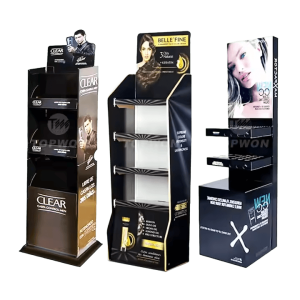 Paper Cosmetic Display Shelf- SCD21885
Paper Cosmetic Display Shelf- SCD21885 -
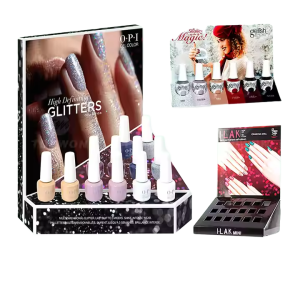 Cardboard Cosmetic Display Boxes for Nail Polish- SCD21746
Cardboard Cosmetic Display Boxes for Nail Polish- SCD21746 -
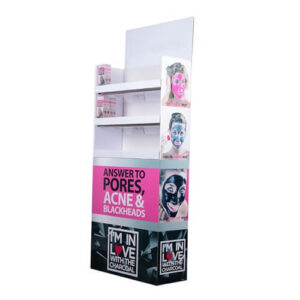 Mask Display Stand – SCD19874
Mask Display Stand – SCD19874 -
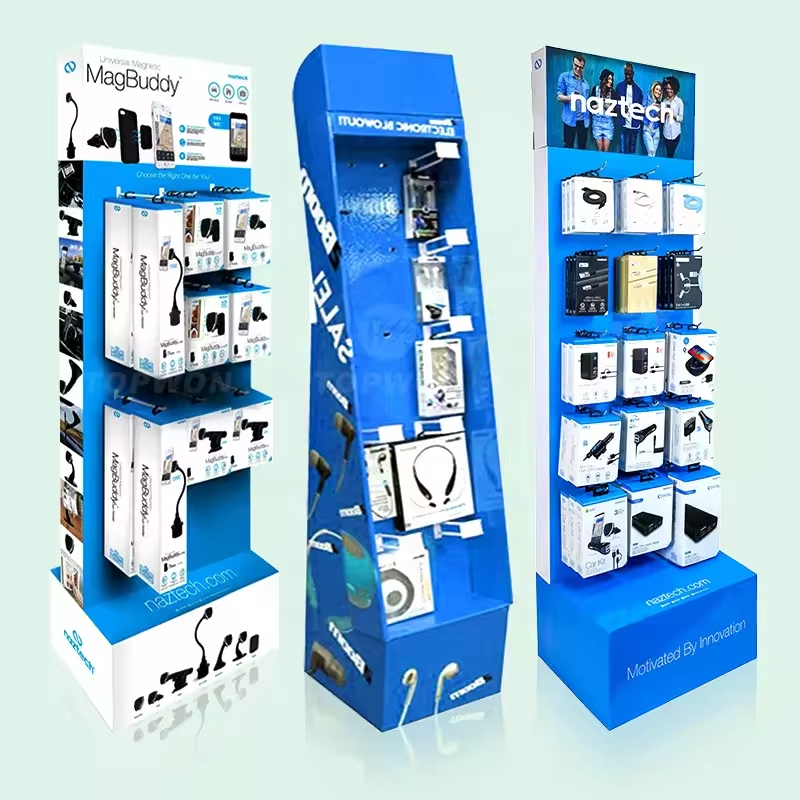 Cardboard PDQ sidekick display stands – SPW15199
Cardboard PDQ sidekick display stands – SPW15199 -
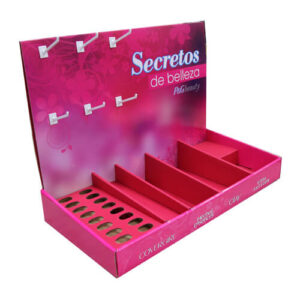 cardboard lipstick counter displays – SCD13518
cardboard lipstick counter displays – SCD13518 -
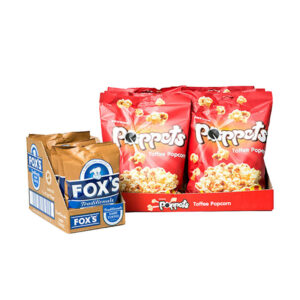 Corrugated snack counter display racks PDQ – BFS3580
Corrugated snack counter display racks PDQ – BFS3580 -
 Corrugated Chocolate PDQ – BFS3578
Corrugated Chocolate PDQ – BFS3578 -
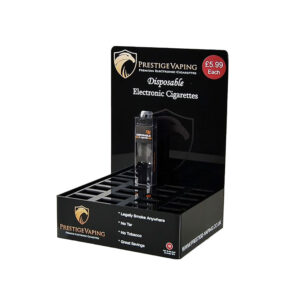 E-cigarette Acrylic PDQ Displays – OAD3530
E-cigarette Acrylic PDQ Displays – OAD3530 -
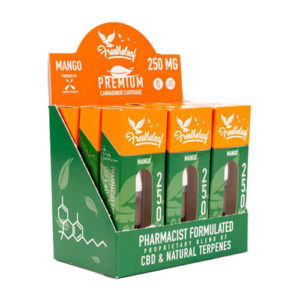 Custom Pdq Display Box for Retail Pharmacy – SCD1417
Custom Pdq Display Box for Retail Pharmacy – SCD1417
Related Articles
Trusted by These Featured Clients


